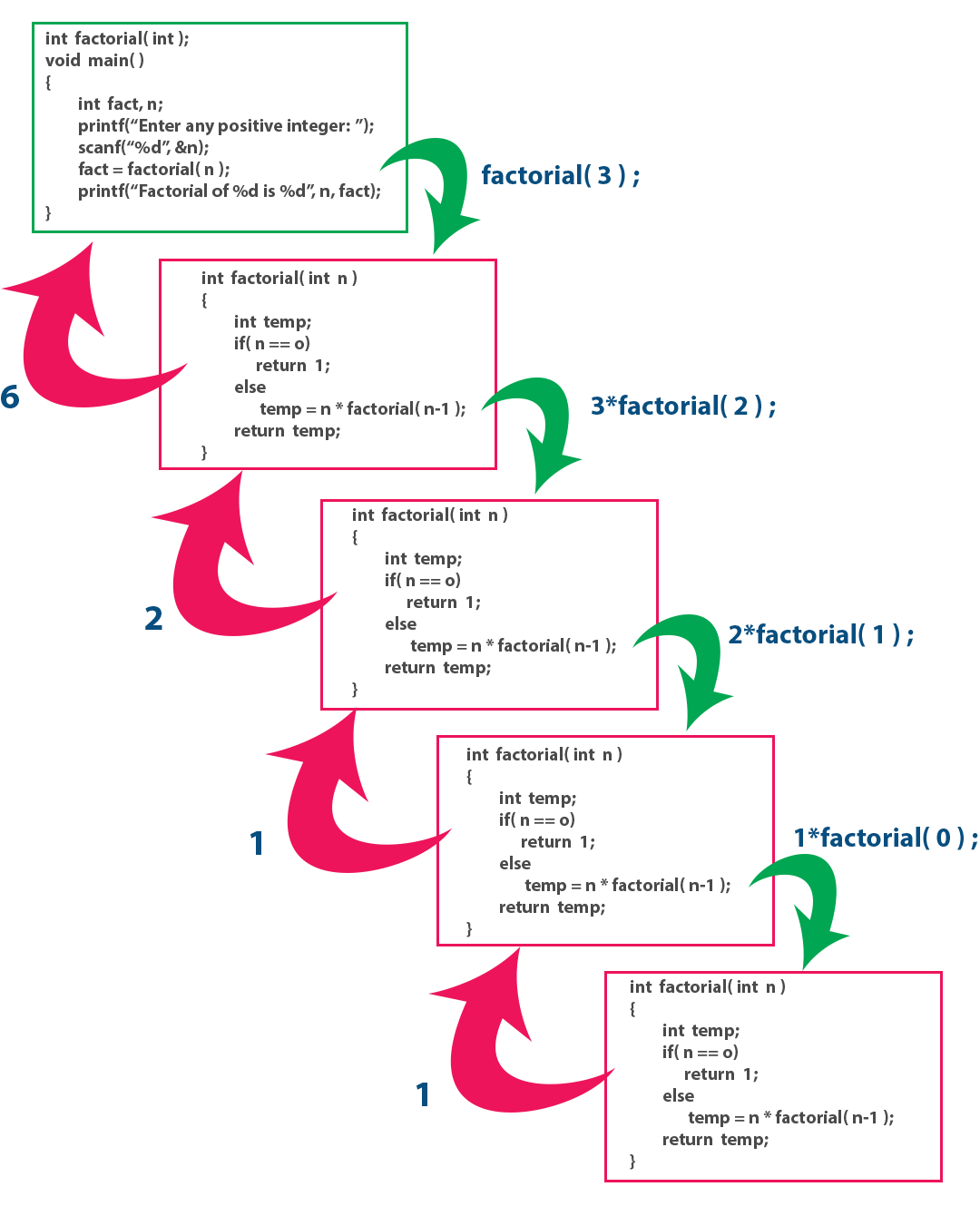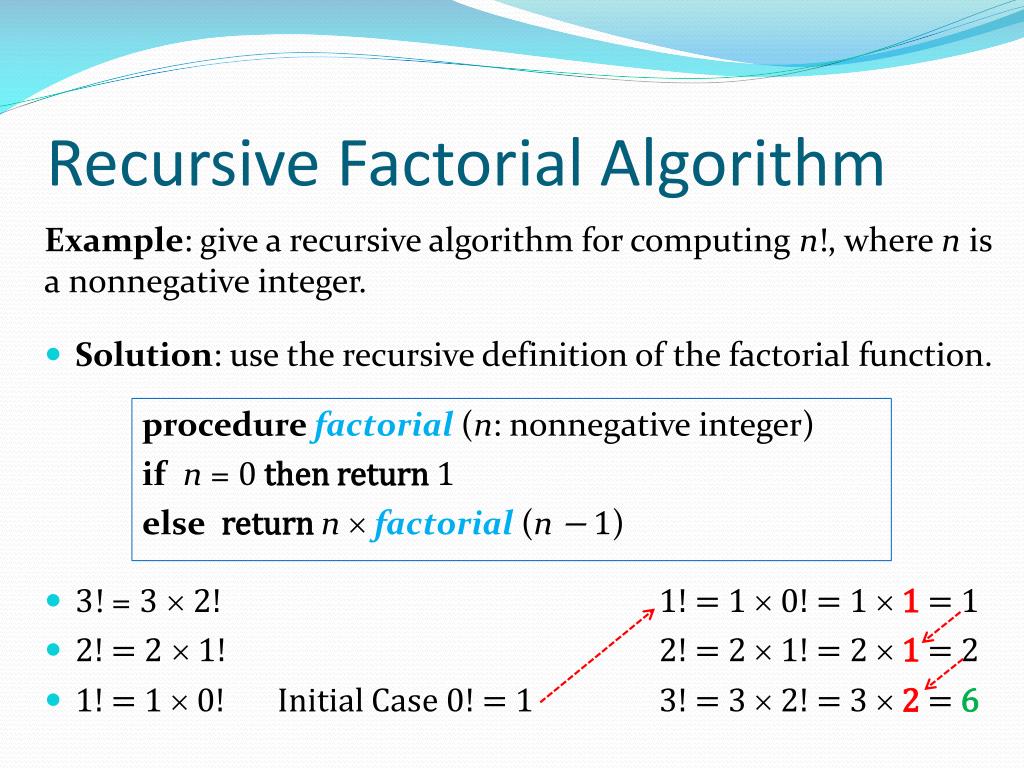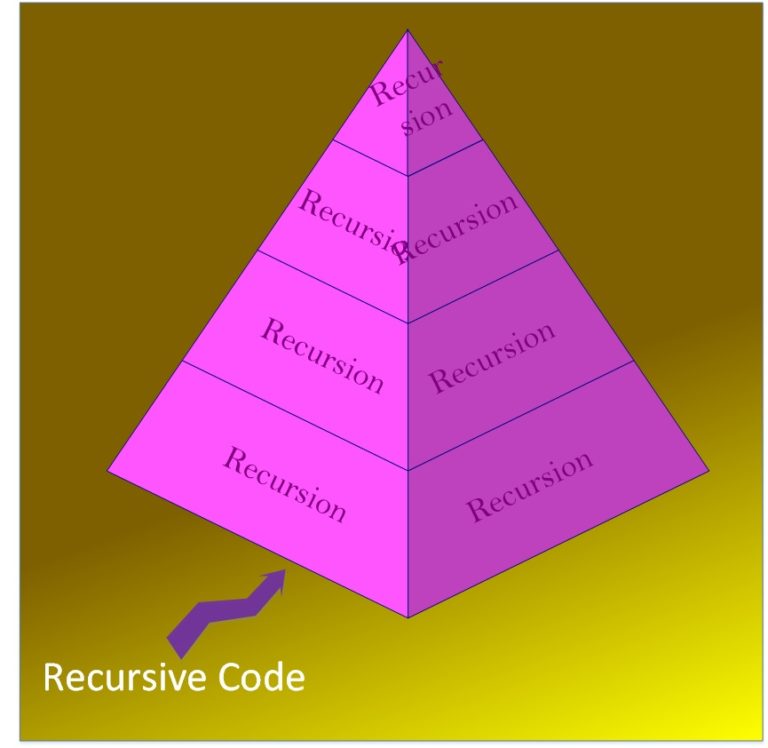Recursion Presentation
| Introduction to Recursion | ||
|---|---|---|
| Recursion is a programming concept where a function calls itself to solve a problem or perform a task. It is based on the idea of breaking down a complex problem into smaller, manageable subproblems. The recursive function continues to call itself until it reaches a base case, which stops the recursive calls. | ||
| 1 | ||
| How Recursion Works | ||
|---|---|---|
| When a recursive function is called, it creates a new instance of itself in memory. Each instance of the function works on a smaller subproblem until it reaches the base case. The base case is crucial as it ensures that the recursion eventually stops and prevents infinite loops. | ||
| 2 | ||
| Examples of Recursion | ||
|---|---|---|
| An example of recursion is the calculation of the factorial of a number. Another example is the Fibonacci sequence, where each number is the sum of the two preceding numbers. Recursive algorithms are often used in tree data structures and graph traversal. | ||
| 3 | ||
| Advantages of Recursion | ||
|---|---|---|
| Recursion allows for elegant and concise code, especially when dealing with complex problems. It can simplify the implementation of algorithms that involve repetitive tasks. Recursive solutions can be easier to understand and debug compared to iterative approaches in some cases. | ||
| 4 | ||
| Considerations and Limitations | ||
|---|---|---|
| Recursive functions may consume more memory compared to iterative approaches. Poorly designed recursive functions can lead to stack overflow errors. It is important to define the base case and ensure it is reached to avoid infinite recursion. | ||
| 5 | ||
| References (download PPTX file for details) | ||
|---|---|---|
| GeeksforGeeks. (2021). Recursion. Retrieved f... Khan Academy. (n.d.). Recursion. Retrieved fr... Your third bullet... |  | |
| 6 | ||




